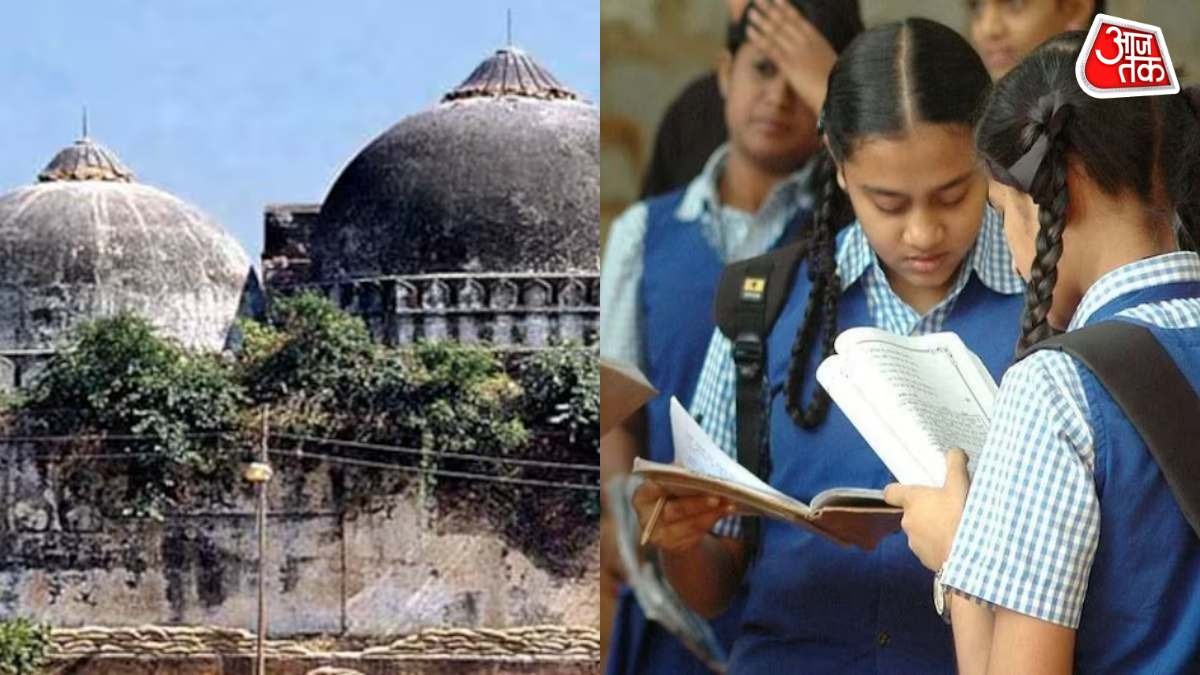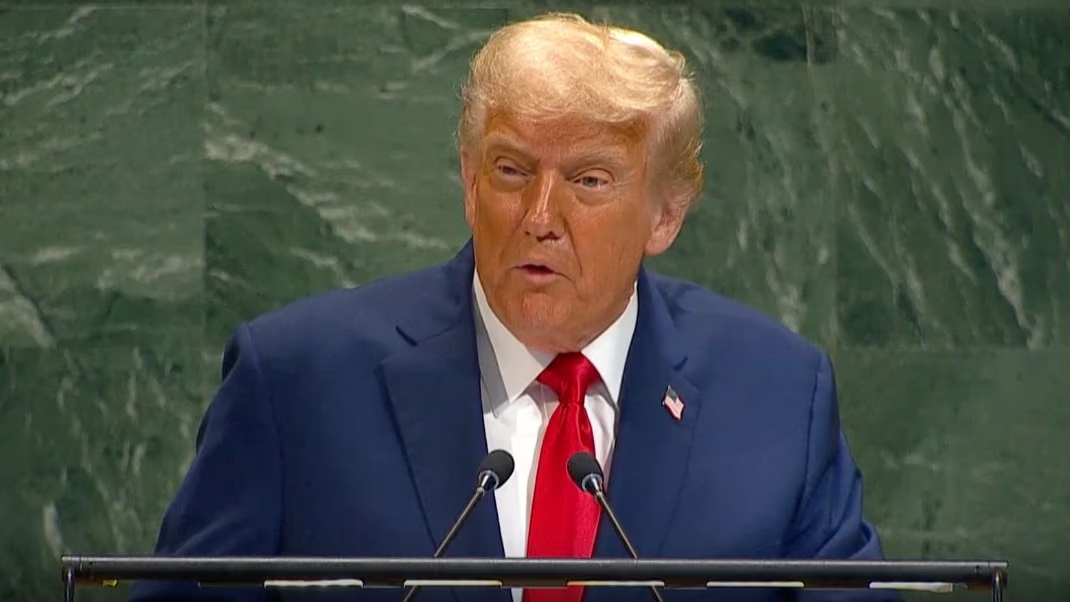From Lord Ram to Sri Ram, the new edition of the NCERT textbooks for Class XII no longer includes information about the Babri Masjid, the Rath Yatra, Kar Seva, or the violence following the demolition. In a sweeping curriculum update, the Babri Masjid has been omitted, and the term 'Ayodhya dispute' has been transposed to 'Ayodhya issue.' Referred no longer as the 'Babri Masjid,' students will now study about it as just a 'three-domed structure.' Moreover, the chapter on Ayodhya has been condensed from four pages to two.
In the revised political science textbook, the reference 'believed to be Lord Ram's birthplace' has been changed to include 'the birthplace of Sri Ram, one of the holiest religious sites and its legal ownership disputes.' This revision marks the first incorporation of the term 'Ayodhya Ram Janmabhoomi' in lieu of 'Lord Ram,' reflecting the fourth major revision of the NCERT book since 2014, highlighting updates based on recent political developments. The updated textbook will be in effect for the academic year 2024-25, aiming to connect educational content with contemporary political events.
What's Altered in NCERT? Old vs. New Perspective
The revamped version now starts as - "The Ayodhya issue, as another important development, was deeply embedded in the socio-cultural and political history of the country from diverse stakeholders' perspectives. It covers the controversy around the birthplace of Sri Ram, amongst the most sacred religious sites, and its legal ownership. The significance of the Ayodhya Ram Janmabhoomi site is evident in its complex 500-year history, beginning in 1528, peppered with numerous conflicts and documented in district gazetteers like those of Lucknow, Barabanki, and Faizabad. In 1528, a three-domed structure was erected at the birthplace of Sri Ram, but the presence of Hindu symbols and remains on both the interior and exterior portions of the structure was evident. Hence, the Ayodhya Ram Janmabhoomi issue became associated with national pride in our ancient civilization. Over the years, the matter evolved into a prolonged legal battle leading to the sealing of the structure in 1949 due to court proceedings."
...




